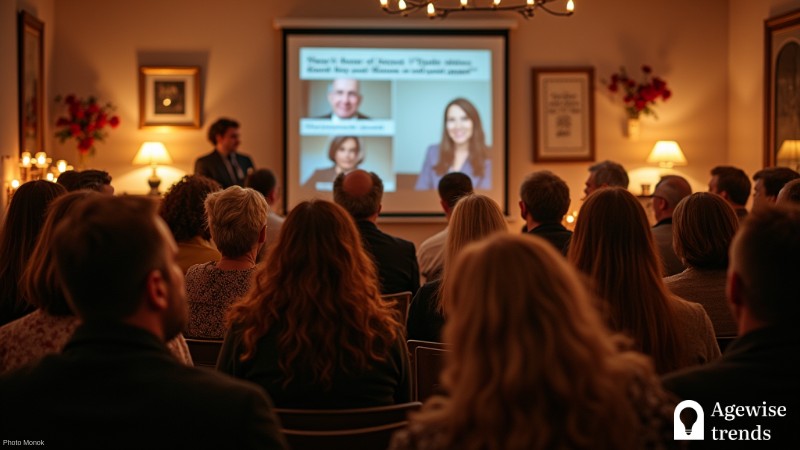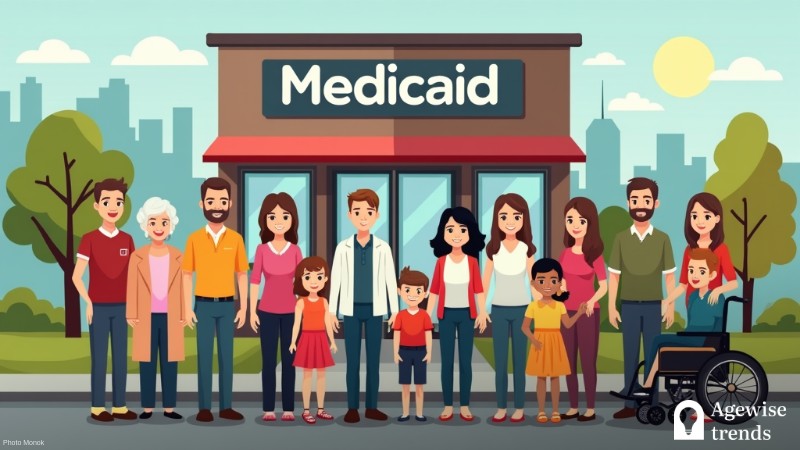By the time individuals reach 75, securing their financial future becomes a priority, ensuring a steady income stream while minimizing exposure to market volatility.
Achieving this balance requires a strategic approach to asset allocation and investment strategies.
A financial advisor can guide retirees through this process, helping them build an investment portfolio tailored to their specific financial circumstances and long-term goals.
Key Takeaways
This article discusses savvy investment strategies for individuals aged 75 to ensure financial security and a steady income stream while effectively managing risk.
- Shifting from an aggressive growth strategy to a more conservative investment approach is crucial for those aged 75.
- Striking a balance between managing risk and fostering growth is essential, especially when factoring in considerations like health, financial circumstances, and investment goals.
- A diversified portfolio—with allocations to bonds, dividend-paying stocks, and alternative investments—helps generate income and mitigate market risks.
Shifting investment priorities at 75
For 75-year-old investors, the primary objective is to maintain financial stability and ensure their assets generate a reliable income. This requires transitioning from the aggressive growth strategies pursued in earlier years to a more conservative approach centered on preserving wealth.
However, completely eliminating risk from a portfolio can be counterproductive. Longevity and inflation remain significant concerns, making it necessary to retain some growth-oriented investments to sustain financial security.
Striking the right balance between managing risk and fostering potential growth is key to long-term success.
Several factors influence this balance, including an individual’s health, financial situation, and specific investment objectives. Together, these elements shape an investor’s risk profile, which plays a crucial role in determining the most suitable asset allocation.
Risk tolerance and risk capacity are two key considerations in this process. Risk tolerance reflects an individual’s willingness to accept financial risks, while risk capacity measures their ability to handle potential setbacks.
While younger investors can afford to take greater risks due to a longer investment horizon, at 75, the focus transitions toward approaches that emphasize stability while maintaining some growth potential.
Asset allocation for seniors: blueprints for stability
An investor’s reliance on their portfolio for living expenses determines which of two primary approaches to consider.
For those who depend heavily on investment income, a more cautious strategy is advisable. This often involves allocating a larger portion of assets to low-risk investments such as bonds and dividend-paying stocks.
Conversely, individuals with additional income sources like Social Security or pensions have greater flexibility. They may be able to take on some risk by holding stocks and alternative investment options.
Healthcare expenses, long-term care requirements, and estate planning should also be considered in risk assessment and asset allocation strategies.
Diversification for security and growth
A well-structured portfolio at age 75 should focus on generating income while minimizing the effects of inflation.
It is generally recommended that between 40% and 50% of investments be allocated to bonds and fixed-income securities, which provide stability and predictable returns.
Government and corporate bonds, TIPS, and bond funds are among the investment options that offer steady income.
Another 40% of the portfolio can be directed toward blue-chip stocks that pay dividends, combining income generation with moderate growth potential to help preserve purchasing power.
The remaining 10% to 20% may be allocated to alternative investments and cash equivalents, adding flexibility and additional sources of income.
Financial instruments such as REITs, annuities, money market funds, and CDs can help diversify risk while ensuring liquidity.
Maintaining a diversified portfolio is essential for retirees, as it helps mitigate market downturns and supports financial stability. Spreading investments across multiple asset classes also helps manage risk more effectively.
This approach reduces the impact of underperformance in any single asset category, contributing to long-term financial security.
Investment strategies for retirement
Investors at this age should consider the role of annuities in their portfolios.
Annuities can provide a guaranteed income stream, which can be particularly valuable for retirees looking to secure their financial future.
Another important aspect is the management of withdrawals from the portfolio. Careful withdrawal strategies can help ensure that retirees do not deplete their assets too quickly, maintaining a sustainable income flow throughout their retirement years.
It is also wise to regularly review and adjust the portfolio as needed. This is especially important given the changing financial landscape and personal circumstances that may arise during retirement.
Engaging with a financial advisor can provide substantial assistance in navigating the complex choices involved in managing one’s finances during retirement.
They are able to give customized advice that takes into account an individual’s unique financial situation and retirement aspirations.
Caregivers also play a vital role in ensuring that elderly individuals they support have a stable financial future, which often involves gaining a comprehensive understanding of investment strategies to effectively manage their financial portfolios.
They must ensure that the retirees they are assisting have a secure financial future, which frequently entails taking on the responsibility of managing their investment portfolios effectively.
Ultimately, the creation of a strong investment portfolio for individuals at 75 demands a precise balance between the pursuit of financial returns and the management of risk to ensure long-term stability.
By implementing a diversified and conservative investment strategy, individuals at this age can strive to achieve financial stability and ensure a steady income stream throughout their retirement years.














